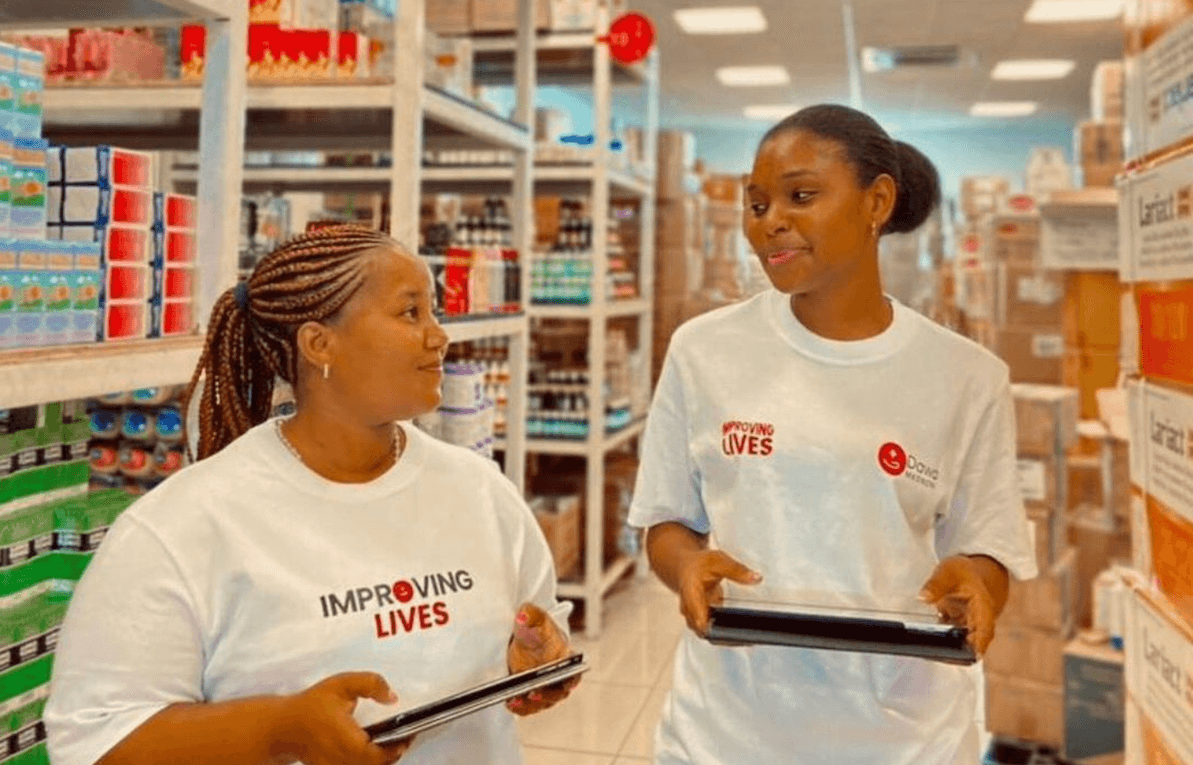ImpactAlpha, November 10 – Nelly Chatue-Diop was a teenager in 1994 when her family lost much of their savings overnight with the devaluation of the currency used in Cameroon and other West African countries.
“It was the first and only time I saw my mother crying,” she recalls. “How could you do everything right and still be at the mercy of some random foreign countries—or companies, or banks? What could be done for people to be more empowered?”
Chatue-Diop launched the crypto currency platform Ejara to give Africans broad-based access to fast, low-cost financial services that range from digital wallets to cross-border payments to investments in cryptocurrencies, including Bitcoin.
The crypto investment boom seizing the African continent has caused crypto assets to skyrocket by 1,200% in the past year to $105.6 billion.
“There are a lot of frictions in financial markets that hurt the poor and the unbanked the most: high financial services transaction costs, having savings in unstable currencies,” explains Dan Block of Mercy Corps Ventures, an Ejara investor. Cryptocurrency platforms enable households and businesses “to facilitate fast and low-cost payments, to save in a more stable currency, and to generate a return is an interesting application when it comes to financial inclusion.”
Alliance for prosperity
As with any type of financial service, the impact potential of crypto is all about the design. Ejara is among dozens of organizations involved in the Alliance for Prosperity, a global network of crypto players committed to ensuring responsible, inclusive and wealth-building blockchain applications.
“The general mission is to build a financial system that creates the conditions for prosperity for everyone,” says Umar Sebyala of Celo, the mission-driven blockchain protocol developer that launched the network. “We provide the infrastructure and people build on it. We take an open-source approach to everything.”
Members include GSMA, T-Mobile, Andreessen Horowitz, as well as Mercy Corps, women-focused coding bootcamp Laboratoria, African fintechs Pezesha and Pngme, and Kenyan enterprise tech venture MarketForce.
Use cases
Kotani Pay in Kenya has been testing crypto-based payments of as little as $1 for gig workers in Africa doing data-tagging for a company based in Silicon Valley. “Labelling images is an expense for companies, so they distribute those jobs to emerging markets where it’s quite inexpensive,” explains Kotani Pay’s Felix Macharia. “But the issue was always what payment system do they use to pay workers?”
The transfer through Kotani Pay goes straight into workers’ M-Pesa mobile money accounts and costs a tiny fraction of a cent. Kotani Pay also tested a universal basic income scheme.
Mercy Corps Ventures worked on a similar pilot with a micro-tasking company and Celo, using Celo’s digital wallet Valora. Celo has also partnered with JPMorgan Chase on a COVID relief assistance program for several thousand women entrepreneurs in the Philippines.
Ejara sees opportunities to reach rural populations and bridge micro-business financing gaps by partnering with microfinance institutions and other lenders.
Barriers to adoption
The nascent technology has plenty of challenges. Regulators, like the U.S. SEC, are grappling with how to regulate cryptocurrencies. Nigeria hit numerous speedbumps rolling out its stable coin, the eNaira. Consumers have lost millions in hacks and scams.
Kotani Pay is addressing one of crypto’s key barriers to adoption: ease of putting money in and taking money out. Kotani Pay’s core product is an “off-ramp” that transfers crypto payments into mobile money accounts, like M-Pesa, which is ubiquitous in Kenya.
“M-Pesa has done financial inclusion very well,” though its transaction fees are high, says Macharia. “We realized we needed to create infrastructure that connects blockchain protocols to mobile money channels because mobile money works for everyone.”
Ejara is helping consumers invest responsibly through crypto education initiatives. Celo is engaging large mobile money and financial services firms to help drive crypto from the fringes to the mainstream.
“We hope that as we stretch out and get more of these entities within our ecosystem that we can unlock lines of credit from banks, for example,” says Sebyala. “That’s something that we see coming.”











